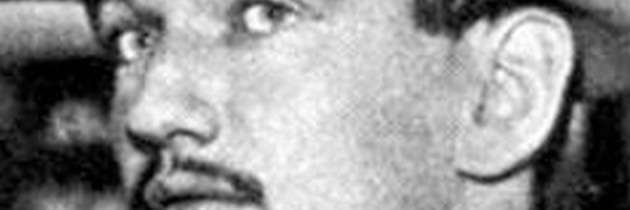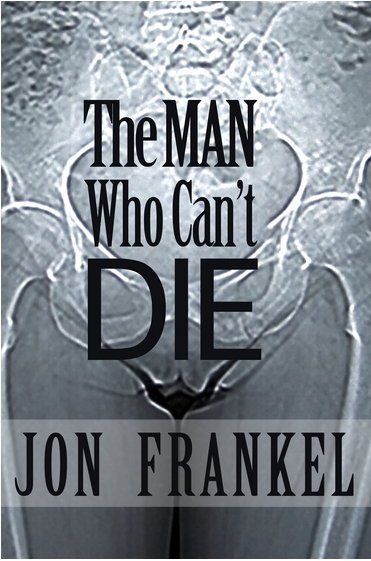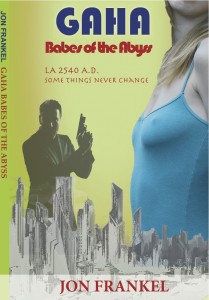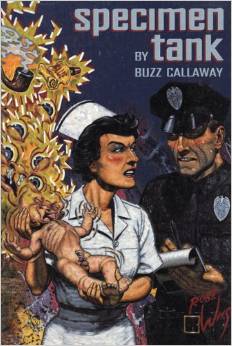MAD DOG COLL
MAD DOG COLL
An Irish Gangster
By Breandon Delap
Mercier Press, Cork, 1999
I love true crime stories. Some of the earliest adult books I read as a kid were the mafia books of the early seventies, like The Valachi Papers and Honor Thy Father. True crime is inherently dramatic, but shears the actors of heroism or romantic anti-heroism. What is left is the brutal truth of human greed and psychopathology. The best true crime stories show the family and social milieu in which the gangster rises and falls. Only rarely is this rise and fall tragic. I can’t actually think of a tragic gangster story.
Vincent ‘Mad Dog’ Coll, an Irish gangster in New York, was gunned down by his enemies while making a call in a drug store, in 1932. The weapon was a machine gun. He was almost cut in half. He was 23 years old and a famous, feared, and loathed bootlegger, kidnapper and enforcer. He resembles the gangster antiheroes of 1930s film, played with insouciant charm by James Cagney, and dark, menacing intensity by Edward G. Robinson. Coll apparently could be a charmer, but he lacked intelligence.
Delap narrates Coll’s short and astonishingly violent life with more than the usual reportorial efficiency. His prose is hardboiled and Hibernian, especially in his physical descriptions of people. Coll’s lawyer, Samuel Liebowitz, “was broad in the beam, with a rostral face and tobacco colored eyes. He was as bald as a Dutch cheese, and great wads of fat protruded from his neck.†He is also particularly good at tying the story back to Ireland, where the Coll family is still known. In these pages Dutch Schultz, Coll’s early employer and later nemesis, Jack ‘Legs’ Diamond, Owney Madden, Lucky Luciano and others pop off the page. But it is Coll who rules the book as he hijacks, kidnaps and murders his way through the Bronx and Manhattan. The climax of his career is when he and a few accomplices open fire on a Harlem tenement, where children are playing in an open fire hydrant. Five were seriously injured and five year old died. The killing came as a climax of a running street war for control of the liquor trade he waged against Dutch Schultz. It outraged the city. Coll’s eventual trial ended in acquittal and exposed the inherent corruption of New York City police, who had a suborned a witness. The fact was no one would talk, even the victims. The law of silence was absolute among the city’s poor, of whatever ethnicity.
After this Coll’s life was on a short lease. He briefly allied with Diamond but Diamond was gunned down. By the end most of Coll’s accomplices were in prison or on death row, and he and his wife were broke, living in a flop house with a friend, where they shared a single bed. Coll is an example of someone who can go far in this world on the breath of a delusion. It is hardly tragic that he, an impulsive, psychopathic killer, lived in an age of gangsters who were becoming business men. This book is a good portrait of a time and a place where gangster violence was committed by Jews, Irish and Italians, in broad daylight, on the streets of the nation’s biggest city, a situation unimaginable today, where such things happen in the ghettos of segregated cities isolated by large stretches of depressed farmland.
Checking Amazon, I see how insanely expensive this book is. What a shame. Get it from interlibrary loan. Libraries are beautiful things.





Loved your review.